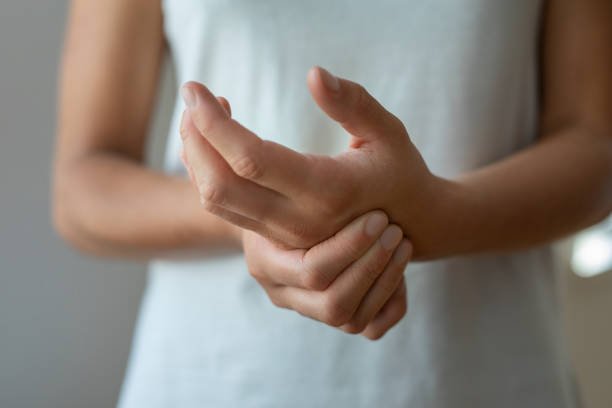10 Ways How Therapists Customize Massage Treatments for Chronic Pain Patients
Living with chronic pain can be debilitating, affecting every aspect of a person’s life. Many individuals turn to massage therapy as a complementary approach to managing their pain. Skilled therapists understand that each person’s experience with chronic pain is unique, and tailoring massage treatments to individual needs is crucial for effective pain relief. In this article, we explore 10 ways therapists customize massage treatments to address the specific challenges faced by chronic pain patients.
-
Detailed Assessment and Consultation
Therapists begin by conducting a comprehensive assessment and consultation with the chronic pain patient. This step involves discussing the patient’s medical history, pain triggers, and areas of discomfort. By gaining a thorough understanding of the individual’s condition, therapists can tailor their approach to target specific pain points.
-
Individualized Treatment Plans
After the initial assessment, therapists create personalized treatment plans based on the patient’s unique needs. These plans may include a combination of massage techniques, modalities, and targeted exercises to address the underlying causes of chronic pain.
-
Communication and Collaboration
Effective communication is key to successful massage therapy for chronic pain. Therapists maintain an open dialogue with their clients, encouraging them to express their sensations and preferences during the session. Collaborative efforts ensure that the treatment aligns with the patient’s comfort levels and goals.
-
Adaptation to Pain Thresholds
Chronic pain patients often have varying pain thresholds. Skilled therapists adjust the intensity and pressure of their massage techniques accordingly, ensuring that the treatment remains beneficial without causing additional discomfort.
-
Integration of Multiple Modalities
Massage therapists may employ a variety of modalities to address different aspects of chronic pain. Techniques such as Swedish massage, deep tissue massage, myofascial release, and trigger point therapy can be combined strategically to provide a holistic approach to pain management.
-
Focus on Trigger Points
Identifying and targeting trigger points—specific areas of muscle tension that can cause referred pain—is a crucial aspect of massage therapy for chronic pain. Therapists skillfully locate and address these trigger points to alleviate pain and improve overall muscle function.
-
Incorporation of Heat and Cold Therapies
Therapists may use heat and cold therapies to complement massage treatments for chronic pain. Heat can help relax muscles and improve circulation, while cold therapy can reduce inflammation and numb painful areas, providing relief to patients with conditions like arthritis.
-
Mind-Body Connection
Recognizing the interconnectedness of the mind and body, therapists may incorporate mindfulness and relaxation techniques into their sessions. Relaxation techniques, deep breathing exercises, and guided imagery can help chronic pain patients manage stress and anxiety, contributing to overall pain reduction.
-
Postural Education and Correction
Chronic pain is often linked to poor posture and musculoskeletal imbalances. Therapists educate patients on proper body mechanics and provide exercises to improve posture, helping to prevent the recurrence of pain between massage sessions.
-
Home Care Recommendations
To maximize the benefits of massage therapy in Flower Mound, therapists offer practical at-home recommendations. These may include stretches, self-massage techniques, and lifestyle modifications to empower chronic pain patients in their ongoing self-care efforts.
Conclusion
Customizing massage treatments for chronic pain patients requires a thoughtful and individualized approach. Skilled therapists go beyond a one-size-fits-all mentality, incorporating a variety of techniques, modalities, and collaborative efforts to address the unique needs and challenges faced by each individual. By tailoring massage treatments, therapists play a vital role in helping chronic pain patients manage their symptoms and improve their overall quality of life.







